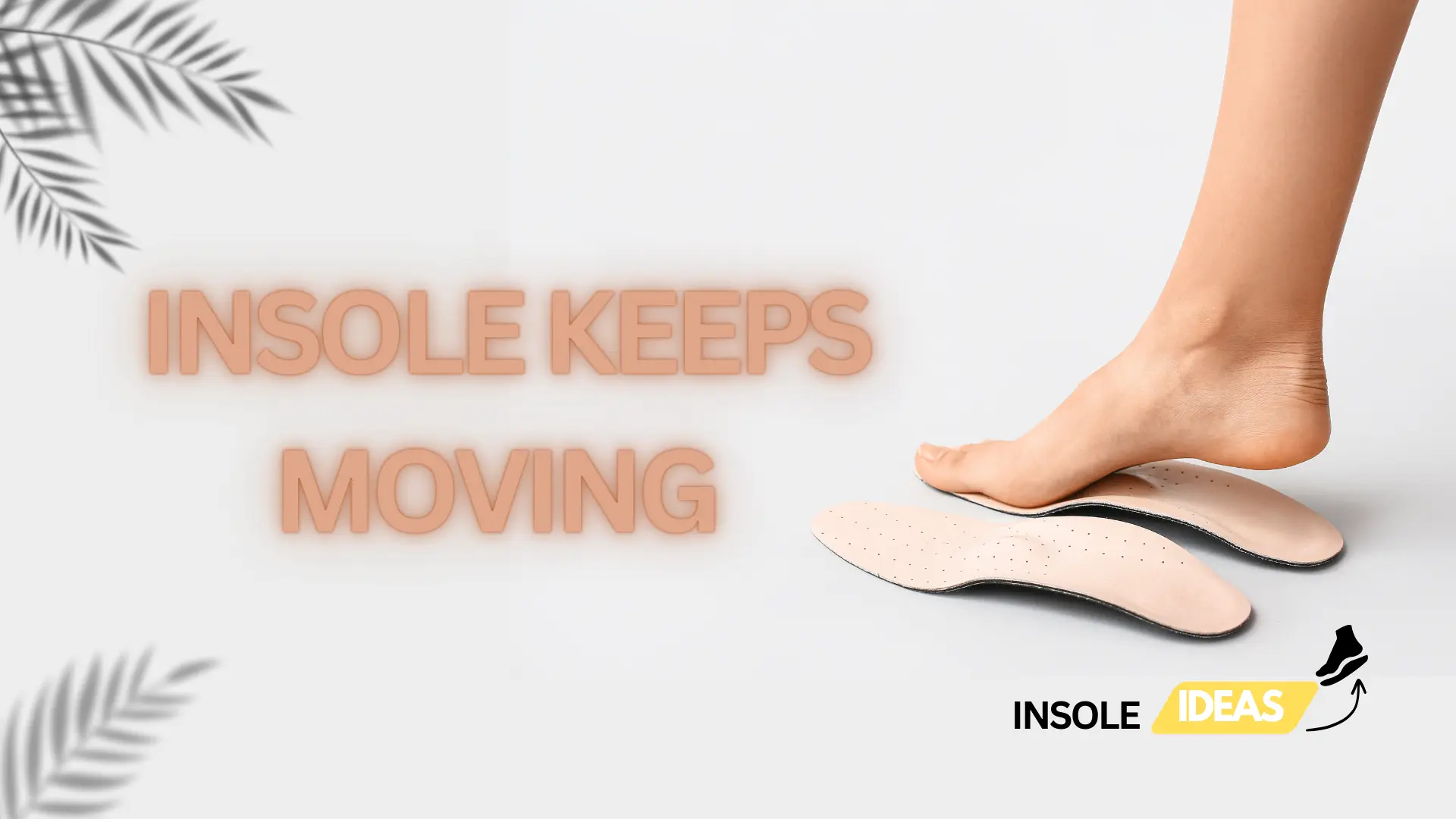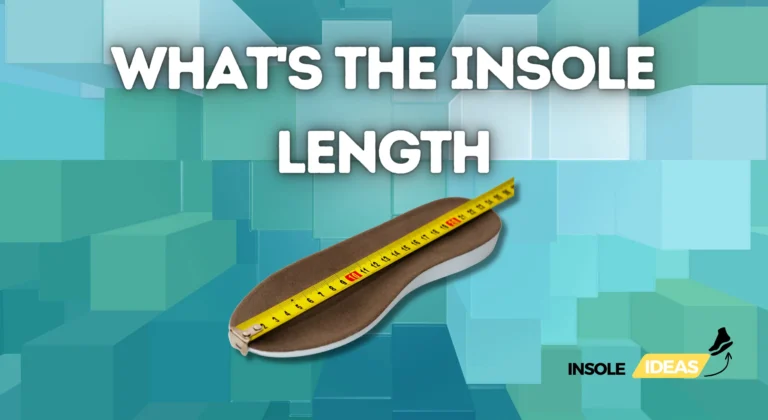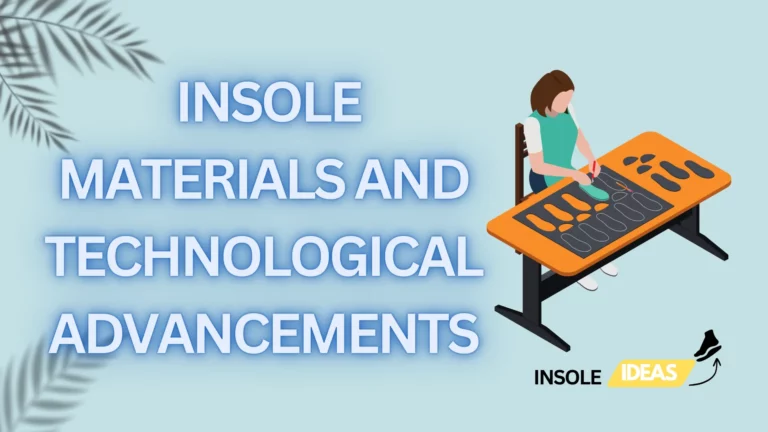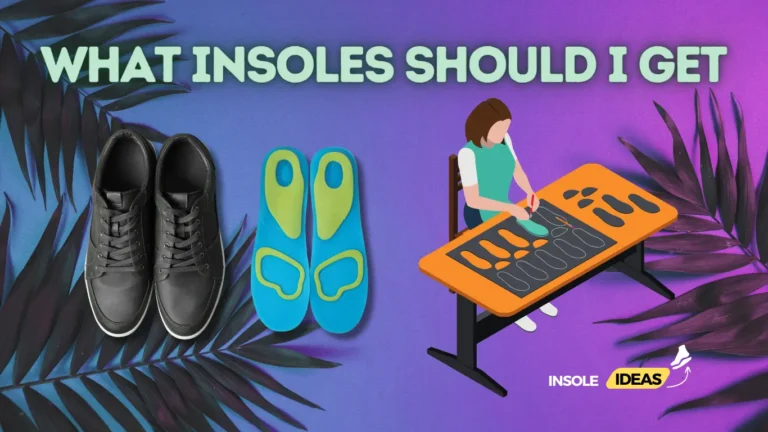Causes of Insole Movement
Insoles moving within shoes can be attributed to various factors, each influencing the stability and positioning of the insole. Understanding these causes can assist in finding tailored solutions for this common discomfort.
Incorrect Shoe Size or Insole Fit
Choosing the wrong shoe size or using insoles that don’t match the shoe’s dimensions is a primary cause of insole movement. When insoles are too small, they tend to slide around, causing discomfort and affecting foot alignment.
Properly fitting footwear is essential. Ensure insoles correspond to the shoe size and shape. If insoles are removable, replacing them with appropriate sizes or custom orthotic insoles can resolve this issue.
Type of Footwear Design
The design of certain shoes may not adequately secure insoles in place. Footwear with a shallow or poorly constructed insole compartment can contribute to slippage.
Selecting footwear designed with secure insole compartments or using additional adhesives or attachments specifically designed for insole stabilization can mitigate movement.
Material Quality of the Insole
Inferior-quality insoles may lack grip or wear down quickly, leading to frequent movement. Materials that lose their cushioning or adherence contribute to insole displacement.
Opt for high-quality insoles made from durable materials with good grip. Gel or silicone-based insoles and those with anti-slip properties are effective in reducing movement.
Foot Movement and Gait Pattern
Individual foot movement and gait patterns play a significant role in insole displacement. Activities involving vigorous movements or specific gait patterns may cause insoles to shift within the shoe.
Developing proper foot mechanics through exercises or utilizing insoles designed for specific activities, such as sports or high-impact movements, can minimize shifting caused by foot motion.
Solutions to Prevent Insole Movement
Solutions to Prevent Insole Movement
Addressing the causes of insole movement involves implementing strategies to enhance stability and secure the insole within the shoe. Various solutions cater to specific issues, ensuring a comfortable and secure fit.
Properly Fitting Footwear
Importance of Choosing the Right Shoe Size
Selecting the correct shoe size is foundational to preventing insole movement. Shoes that are too big or too small can result in insoles not fitting properly, leading to displacement.
Professional fitting services or using sizing guides provided by shoe manufacturers can help ensure the right shoe size, reducing the likelihood of insole movement.
Consideration of Shoe Width and Depth
Apart from size, the width and depth of the shoe play a crucial role. Insoles might move more in shoes that are too wide or shallow, compromising stability.
Choosing shoes with suitable width and depth or utilizing fillers like tongue pads or heel grips can create a better fit, reducing insole movement.
Use of Specialized Insoles or Inserts
Custom Orthotic Insoles
Custom orthotic insoles, designed to match an individual’s foot shape and biomechanics, offer superior support and stability. These insoles reduce movement by contouring perfectly to the foot.
Consulting with an orthopaedic or podiatrist can help you have bespoke insoles manufactured to fit your specific foot problems.
Gel or Adhesive Inserts
Gel or adhesive inserts provide additional grip and cushioning, reducing insole slippage. These inserts adhere to the shoe or insole, enhancing stability.
Selecting gel or adhesive inserts with strong adhesive properties and suitable thickness can significantly decrease movement while offering comfort.
Techniques for Securing Insoles
Velcro Attachments
Using Velcro attachments between the insole and shoe bottom can anchor the insole securely, minimizing movement during activities.
Installing Velcro strips or pads within the shoe or on the insole can create a firm connection, preventing displacement.
Double-Sided Adhesive Tapes
Applying double-sided adhesive tapes strategically between the insole and shoe bottom increases friction, preventing unwanted movement.
Choosing tapes designed for footwear, ensuring they’re strong yet easily removable, can effectively secure the insole.
Non-Slip Pads or Grips
Non-slip pads or grips placed beneath the insole create traction, preventing it from shifting within the shoe.
Opting for high-quality, durable pads or grips that adhere well to both the insole and shoe interior offers long-term stability.
Maintenance and Replacement
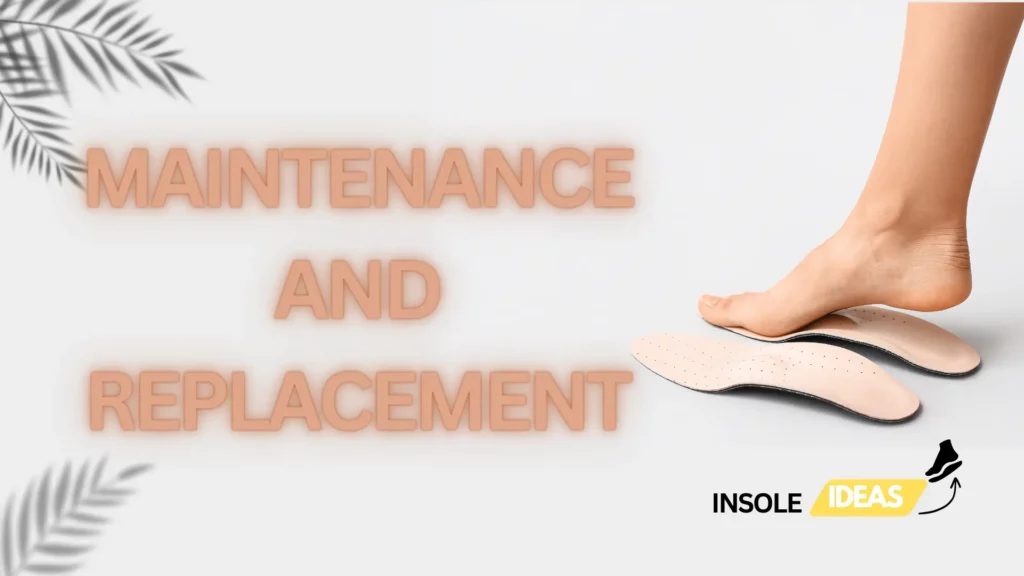
Regular Inspection of Insoles
Frequent checks of insoles for wear, tear, or loss of grip are essential for maintaining stability. Damaged or worn-out insoles prone to movement.
Inspect insoles periodically, replacing them when signs of wear or reduced adherence are noticed, ensuring continual stability and support.
Replacement When Necessary Due to Wear and Tear
Insoles, like shoes, have a lifespan. When insoles wear out or lose their supportive properties, they are more likely to move inside the shoe.
Replace insoles periodically, adhering to manufacturer recommendations for the specific type of insole used, to maintain optimal stability and comfort.
Additional Tips for Insole Stability
Beyond specific solutions, several additional practices and considerations contribute to maintaining insole stability and overall foot comfort.
Proper Foot Placement and Gait Correction
Understanding personal gait patterns and correcting any irregularities or imbalances can reduce insole movement. Physical therapists or podiatrists can provide guidance on improving gait. Practicing proper foot alignment and distributing body weight evenly can decrease the likelihood of insole displacement during movement.
Using Moisture-Wicking Socks
Moisture-wicking socks keep feet dry by drawing moisture away, thereby reducing slippage caused by sweat or moisture accumulation. Choosing socks made from moisture-wicking materials, especially during physical activities or in warmer climates, enhances insole stability.
Seeking Professional Advice for Persistent Problems
Persistent issues with insole movement despite trying various solutions may require professional assessment. Consulting a podiatrist, orthopedic specialist, or footwear professional can identify underlying foot issues or recommend specialized solutions for improved insole stability.

